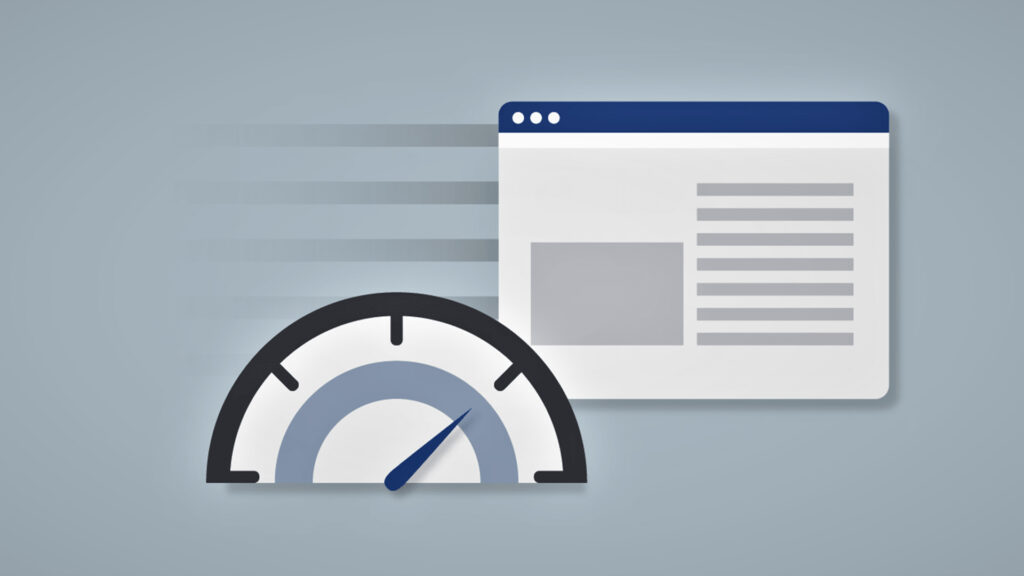Managing a large e-commerce site presents unique challenges: thousands of product pages, category filters, and faceted navigation can overwhelm search engine crawlers. When Googlebot spends precious time on low-value URLs—out-of-stock items, duplicate faceted views, or tag pages—your most important pages may be crawled less frequently or missed altogether. Improving your crawl budget ensures that search engines focus on high-priority content, boosting indexation, freshness signals, and ultimately organic visibility.
What Is Crawl Budget and Why It Matters
Crawl budget is the total number of URLs a search engine crawler will fetch and process on your site within a given timeframe. For large e-commerce catalogs, an optimized crawl budget means:
- More frequent indexing of new or updated product pages
- Faster reflection of price and inventory changes in search results
- Reduced server load by avoiding unnecessary bot requests
Factors affecting crawl budget include your site’s size, server performance, URL structure, and the number of inbound links. By auditing and refining these elements, you can direct crawlers toward valuable content and away from redundant or low-value pages.
Optimize Your Site Structure
A clear, logical architecture helps bots and users navigate your catalog efficiently.
Eliminate Low-Value Pages
Identify and remove or noindex pages that add little SEO value:
- Out-of-stock or discontinued products: Either redirect them to relevant alternatives or serve a 410 (gone) status.
- Faceted navigation combos: Prevent infinite filter combinations from generating unique URLs by controlling indexing.
- Internal search results and tag archives: These can clutter the crawl queue without driving traffic.
Regularly review your Google Search Console “Excluded” report to spot URL patterns being ignored or causing crawl waste.
Leverage robots.txt and Meta Robots
Use your robots.txt file to disallow crawling of non-essential directories:
txtCopyEditUser-agent: *
Disallow: /search/
Disallow: /tag/
Disallow: /*?sort=
Disallow: /*?filter=
Complement with noindex, follow meta robots tags on pages you want crawled but not indexed—such as tag pages or certain filter views—ensuring link equity passes through without indexing low-value content.
Prioritize Important Pages
Create a shallow hierarchy where your most important pages—top-selling products, main category pages, and cornerstone content—are no more than three clicks from the homepage. Deeply nested or orphaned pages consume unnecessary crawl budget and risk being overlooked.
Improve Site Performance and Server Response
Search engines gauge site health partly through response times. Faster servers encourage deeper crawling.

Speed Optimization
Compress images, leverage browser caching, and minify CSS/JavaScript to improve page load times. Tools like Google PageSpeed Insights identify critical rendering path issues. As pages load faster, crawlers fetch more URLs per session, increasing your crawl throughput.
Reduce Server Downtime
Frequent server errors (5xx) signal instability, causing bots to slow down or pause crawling. Monitor uptime with services like UptimeRobot, and scale hosting resources or implement a content delivery network (CDN) to handle traffic spikes.
Refine Internal Linking Strategy
An efficient internal link structure guides both users and crawlers to high-priority pages.
Logical Category and Breadcrumb Paths
Use clear category hierarchies—/electronics/laptops/gaming—paired with breadcrumb navigation. Each product page should link back up the chain, reinforcing thematic siloing for semantic relevance.
Control Pagination and Faceted URLs
Implement rel="next" and rel="prev" on paginated lists, signaling to crawlers that these pages are part of a series. For faceted navigation, use canonical tags pointing to the main category URL, preventing duplicate content and crawl waste on filtered views.
Utilize XML Sitemaps and Search Console
XML sitemaps serve as a roadmap for crawlers, highlighting URLs you want indexed.
Maintain Clean, Up-to-Date Sitemaps
Generate sitemaps programmatically to include only active, in-stock product pages and primary categories. Exclude noindexed or redirected URLs. Split large sitemaps into multiple files (max 50,000 URLs each) and submit them in your sitemap_index.xml.
Monitor Crawl Stats and Logs
In Google Search Console’s “Crawl Stats,” track trends in requests per day and average response time. A sudden drop or spike indicates an issue to investigate. Server logs reveal actual bot behavior—identify high-frequency but low-value URL hits and adjust your robots.txt or internal links accordingly.
Advanced Technical Tactics
Beyond structure and performance, several technical SEO techniques fine-tune your crawl budget.
Implement Canonical Tags
On duplicate or similar pages—such as product detail pages accessible via multiple category paths—add <link rel="canonical" href="https://example.com/product/sku123/">. This consolidates indexing signals and prevents crawlers from treating each URL as unique, freeing up budget for fresh content.
Noindex Thin or Filtered Content
Pages with sparse content—tag archives, low-value landing pages—should include a noindex, follow tag. This tells crawlers not to waste budget on indexing but still follow links to discover deeper, valuable pages.
Continuous Optimization and Best Practices
Improving crawl budget is an ongoing process. Regular audits and adjustments ensure resources stay focused on what matters.
Regular Audits and Reporting
Schedule quarterly URL structure audits using tools like Screaming Frog or Sitebulb. Compare reports over time to ensure low-value URLs are consistently excluded and high-value pages are successfully indexed.
Stay Updated on Search Engine Guidelines
Search engines evolve their crawling algorithms. Follow official channels—Google’s Webmaster Central Blog and Inside Search—to stay ahead of changes in crawl behavior and indexing best practices.
Balance User Experience and SEO
While technical adjustments are essential, never compromise usability. Ensure disallowed or noindexed pages still provide intuitive navigation and prevent dead ends for shoppers.
Read Also : How to Leverage Google’s BERT Update for Better Semantic SEO Results
Conclusion
For large e-commerce sites, a well-managed crawl budget is crucial for ensuring your best-performing and most profitable pages are indexed and ranked. By streamlining your URL structure, optimizing site speed, refining internal links, and leveraging sitemaps and Search Console data, you can direct crawlers toward high-value content and away from redundant or low-priority pages. Continuous monitoring and technical fine-tuning—using canonicals, meta robots tags, and proper pagination handling—will maintain a healthy crawl budget over time. Adopting these practices not only improves organic visibility but also enhances user experience, ultimately driving more conversions and revenue.
About the Author
Sanket R
SEO Specialist at ImmortalSEO with expertise in technical SEO and content optimization.
View all posts